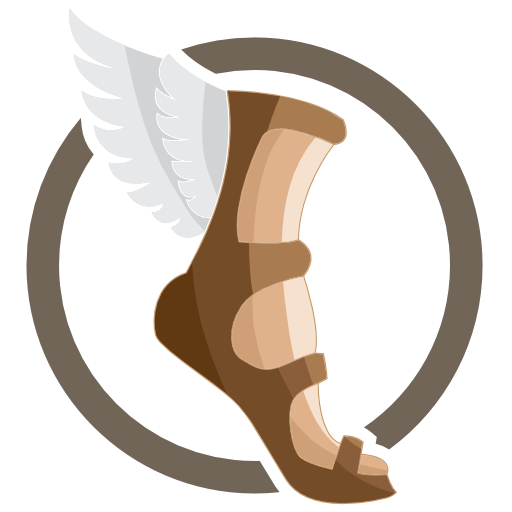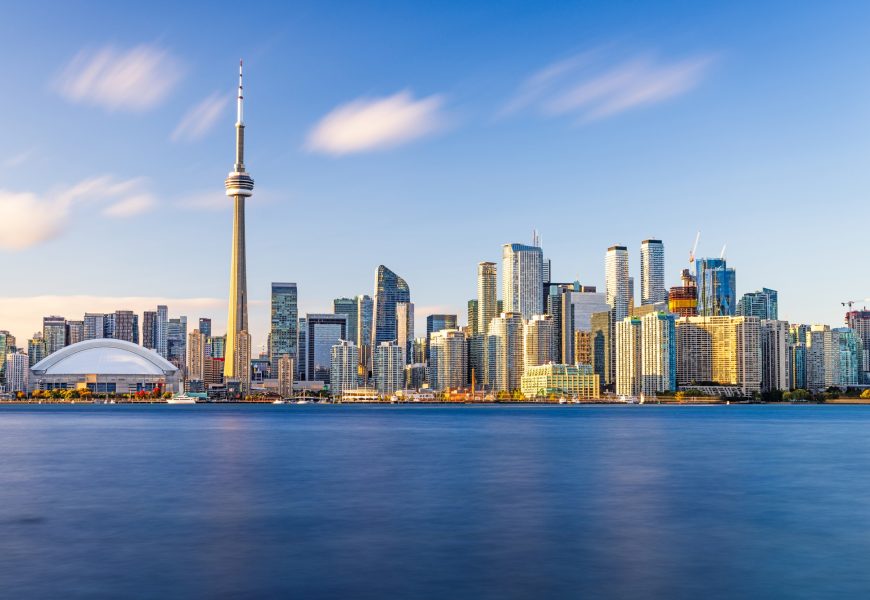Canada, the world’s second-largest country by land area, offers a diverse tapestry of natural wonders, vibrant cities, and rich cultural experiences. From the rugged coastlines of the Atlantic to the serene Pacific shores, and from the Arctic tundra to bustling urban centers, Canada promises travelers an unforgettable journey.
Geography and Climate
Spanning six time zones, Canada’s vast landscape encompasses mountains, forests, prairies, and over two million lakes—the most of any country. The climate varies significantly:
Pacific Coast (British Columbia): Mild, rainy winters and warm summers.
Prairies (Alberta, Saskatchewan, Manitoba): Cold winters and hot summers.
Central and Eastern Canada (Ontario, Quebec): Humid summers and snowy winters.
Northern Canada (Yukon, Northwest Territories, Nunavut): Arctic conditions with long, harsh winters and short summers.
Major Cities and Highlights
Toronto, Ontario: Canada’s largest city boasts the iconic CN Tower, diverse neighborhoods like Kensington Market, and cultural landmarks such as the Royal Ontario Museum.
Vancouver, British Columbia: Nestled between mountains and the Pacific Ocean, Vancouver offers attractions like Stanley Park, Granville Island, and a vibrant culinary scene.
Montreal, Quebec: A blend of European charm and modernity, Montreal features historic Old Montreal, the Montreal Museum of Fine Arts, and numerous festivals.
Calgary, Alberta: Gateway to the Rockies, Calgary is known for the annual Calgary Stampede and proximity to Banff National Park.
Natural Wonders
Niagara Falls: Straddling the border with the U.S., these majestic waterfalls are a must-see.
Banff and Jasper National Parks: Located in the Canadian Rockies, they offer stunning landscapes, turquoise lakes like Lake Louise, and abundant wildlife.
Bay of Fundy: Known for having the world’s highest tides, it’s a unique coastal experience.
Cultural Experiences
Indigenous Heritage: Explore First Nations cultures through art galleries, museums, and cultural centers across the country.
Festivals: From Toronto’s International Film Festival to Montreal’s Jazz Festival, Canada’s event calendar is rich and varied.
Travel Tips
Entry Requirements: Depending on your nationality, you may need an Electronic Travel Authorization (eTA) or a visa. Ensure your passport is valid for the duration of your stay.
Transportation: Given its size, domestic flights are common for long distances. Cities have public transit systems, and renting a car is ideal for exploring rural areas.
Currency: The Canadian dollar (CAD) is the official currency.
Language: English and French are the official languages, with French predominantly spoken in Quebec.
Best Time to Visit
Summer (June to August): Ideal for outdoor activities and festivals.
Winter (December to February): Perfect for skiing, snowboarding, and northern lights viewing in northern regions.
Canada’s vastness and diversity mean there’s something for every traveler, any time of the year.


